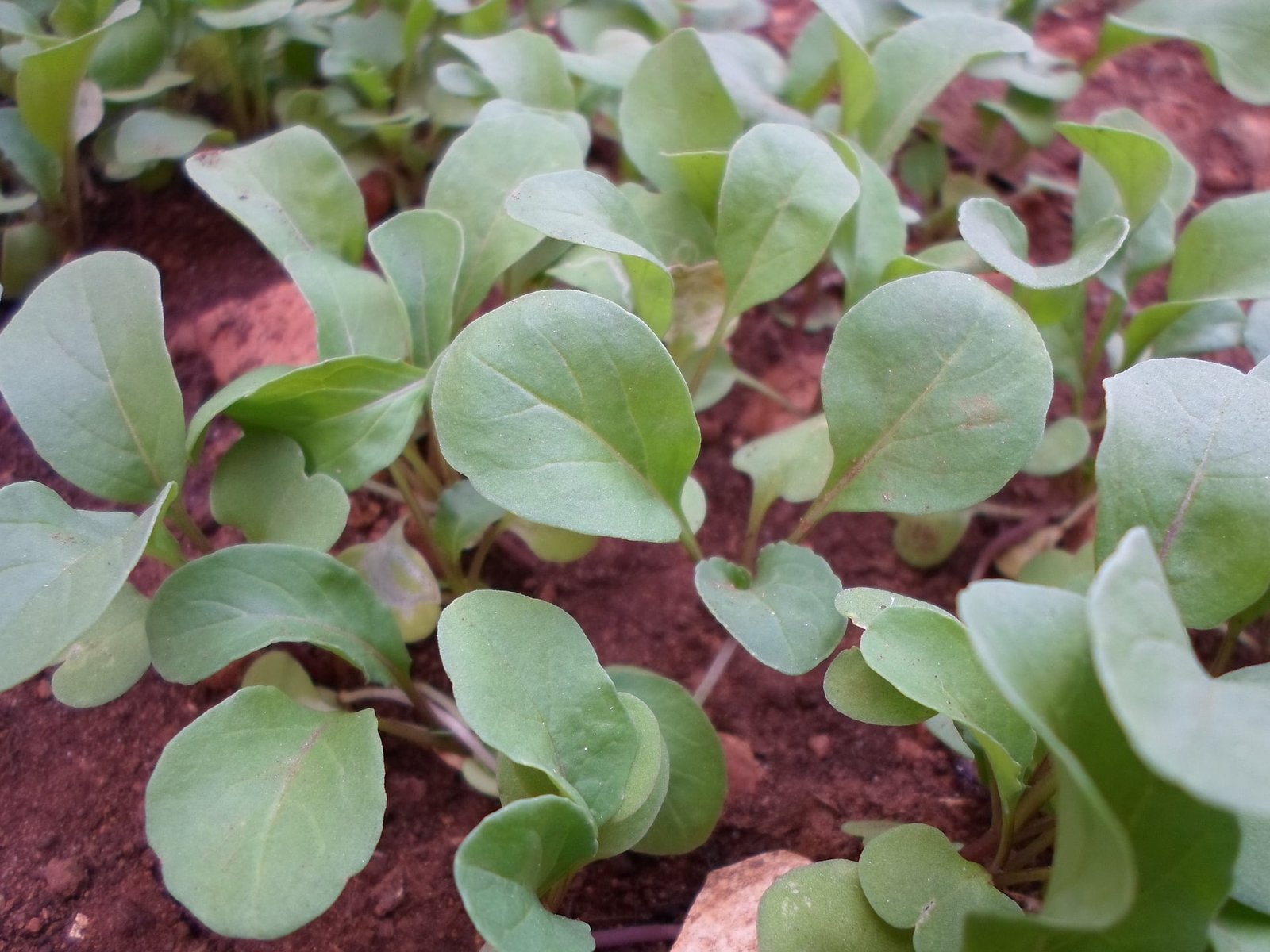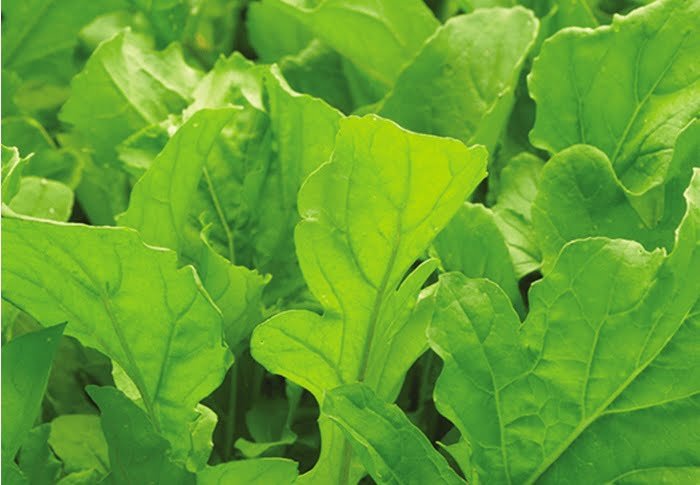Arugula is a leafy green vegetable that is part of the cabbage family. Arugula is also known as rocket, and is native to the Mediterranean region. It has been cultivated since ancient times and was even mentioned in the Old Testament of the Bible. Today, arugula is grown throughout the world and is a popular ingredient in many cuisines. It has a slightly spicy flavor and is often used in salads or as a garnish.
Arugula (Roquette)
| Common Names or AKA Names: | Arugula, Rocket, Garden Rocket |
| Botanical Name: | Eruca versicaria |
| Family: | Brassicaceae |
| Hardiness Zones: | Zones 2 through 11 |
| Native Area: | Mediterranean |
| Bloom/Harvest Time: | Seasonal |
| Full-Grown Plant Size | 2–3 ft. tall, 1–1.5 ft. wide |
| Sun Exposure | Full Sun, Partial Shade |
| Soil Type | Loamy, Moist, Well-Drained |
| Soil pH | Acidic, Neutral (6 to 7) |


Simply Awesome!
Learn More About This Plant!
This Mediterranean native, some- times called rocket, roquette, or rucola coltivata, is grown for its leaves that resemble small mustard leaves and lend a peppery zing to green salads. Along with radishes, turnips, and the whole cabbage clan, it’s a member of the cress family. Start from seed in winter or spring; grows best in cool weather. In Florida, sow seed in fall and winter; elsewhere, sow in early spring or early fall. Thin to about 6 inches apart. Harvest tender young leaves; older, larger ones usually taste too sharp. Sow new seeds every two weeks to always have young plants. Eventually, the plants will shoot up to 3 feet tall and bloom. Tender buds and flowers taste like young leaves. Plants reseed. Easy to grow in containers. Choose a wide bowl at least 6 inches deep. Watch out for cabbage butterflies, as their caterpillars find arugula just as tasty as cabbage.
The leaves are also very high in vitamins A and C as well as being a good source of iron. Aphrodisiac potions containing the oil of the arugula seed were common for centuries; oil of arugula also provided an excellent flavoring. Part of a typical Roman meal was to offer a salad of greens featuring arugula, and vendors in 14th century Florence sold these greens as a topping on toasted bread. Arugula is now grown in most parts of the world, though Italian cuisine features it most popularly; it is typically used in fresh green salads, in pesto, or lightly sauteed.
Sowing: When all danger of frost has passed, direct sow Roquette arugula in full sun or partial shade, 1/4″ deep and 3-6″ apart in rows 10″ apart. For a continuous harvest, plant a new crop every 2-3 weeks until the heat of summer; arugula tastes best when grown as a spring or fall crop, since excess heat causes bitterness in the leaves. For a fall crop, plant Roquette Arugula seeds in late summer. Arugula also grows well as a container plant, or throughout the winter in a greenhouse or cold frame.
Growing: Arugula can tolerate light frost, but if heavy frost comes, provide protection for the plant. Keep the soil moist, and apply a layer of mulch to conserve moisture and discourage weeds. Watch out for aphids and other insect pests.
Harvesting: The first leaves can be harvested about two or three weeks after planting, when they reach 2-3″ long. The smaller leaves have a more tender texture and delicate flavor than the larger leaves, which can be quite peppery and intense in flavor; cut the leaves just above the soil, removing the outer leaves first. By the time the plant develops flowers the leaves may be too bitter to eat, though the flowers are also edible and make an excellent garnish. The harvested leaves quickly lose their freshness and should be used within about 6 days. Before storing them, rinse the leaves thoroughly to remove any sand and dry them well. They can be stored in the refrigerator until ready to use.
If you want the plants to continue to grow, collect just the outer leaves by cutting or tearing them off toward the base, leaving the crown intact. Alternatively, you can cut off all the leaves just above the soil; the plant might regrow if the weather is still mild. If you wait too long to harvest and the plant bolts, eat the flowers but not the leaves. The blooms appear after the leaves have grown to full size and are too bitter to eat. You can pick them off and add them to a salad or sandwich for a peppery bite. Aim to use fresh leaves as soon as possible. They will keep in the refrigerator for up to a week.
Seed Saving: Watch the developing Roquette Arugula seed pods carefully, since they explode when they are completely mature. Remove the pods as soon as they are brown and nearly dry, and spread them to finish drying in a protected location; keep in mind that they may need to be covered to prevent losing the seed when the pods explode. Remove debris from Roquette Arugula seeds and store them in a cool, dry place for up to four years.
Green Grass Grove Plant Profiles
No posts found!

